One of the biggest challenges recruiters face is learning how to use different networks and platforms effectively to find people. Working with a handful of search tools and browsing through dozens of sites to source candidates isn’t productive unless you know how to use and combine these resources to their full advantage.
We spoke with Irina Shamaeva, founder of the People Sourcing Certification Program, to share her thoughts on what recruiting technologies provide and how recruiters can take advantage of tools to efficiently vet qualified candidates.
We asked: How do tech and social networks limit and expand recruiters' abilities to connect with the right people?
Irina: Here are some challenges recruiting tech poses to anyone in the talent acquisition space:
Search functionality and syntax vary from one site to another.
Many sites provide Boolean search, but the syntax is different for different sites – even the ways to say AND, OR, and NOT vary. (LinkedIn stands out in this regard: It has four or five variations of search syntax across its search dialogs – not the greatest possible design). Some search capabilities can be misleading; for example, some sites provide postal code or radius location search while other sites just search for location names. Additionally, on social sites, the order of results often depends on the person’s connections, which is not the desired order for someone who searches for potential candidates.
Professional profiles are not resumes.
Available professional background data is often incomplete. “Shallow” profiles that only tell a partial story is a challenge even for those social networks where it’s possible to fill out a lot of professional information; many members will still skip adding details.
The ease of communication is attractive but it also, unfortunately, opens the door to spam.
Most social sites provide messaging functionality. There are also multiple tools to help to figure out people’s email addresses. Alas, not every recruiter carefully checks a candidate’s professional background to make sure the message is going to be appropriate. It gets harder to make a relevant message stand out for those recruiters who do their homework. The lack of careful profile reviewing by some of those who search, combined with easy messaging, creates problems on other professional networks.
To make tech and social networks do their best for us, we should:
-
Learn about search syntax and abilities on each network,
-
When in doubt, look up extra professional data for the same individual online (on Google, Google, Facebook, Twitter, GitHub, Dribbble, LinkedIn, and other networks, Entelo and other people aggregators), and
-
Do enough research on potential candidates’ background so that you send messages to prequalified potential candidates only to avoid sending spam.
Ready to start the hunt for your next hire? In our upcoming webinar, Irina Shamaeva takes us not only through her search tactics for identifying best fit people, but also for sourcing underrepresented candidates to add diversity to your talent pool. Save your seat for Best Practices for Diversity Sourcing!
 Irina Shamaeva is the founder of the People Sourcing Certification Program, an internationally recognized training company for talent acquisition professionals at small and large companies. She is also a partner and the Chief Sourcer at Brain Gain Recruiting, an executive search firm that specializes in placing senior software development and management consulting candidates nationwide. Irina is an expert and an authority in Boolean, semantic, and deep web search; LinkedIn and all other social networks; and advanced sourcing productivity tools. She also maintains the “Boolean Strings” blog where she publishes sourcing advice. Irina has previously held engineering and management leadership positions at biotech and high tech companies in the San Francisco Bay Area. She has a Master of Science Degree in Mathematics from Moscow University.
Irina Shamaeva is the founder of the People Sourcing Certification Program, an internationally recognized training company for talent acquisition professionals at small and large companies. She is also a partner and the Chief Sourcer at Brain Gain Recruiting, an executive search firm that specializes in placing senior software development and management consulting candidates nationwide. Irina is an expert and an authority in Boolean, semantic, and deep web search; LinkedIn and all other social networks; and advanced sourcing productivity tools. She also maintains the “Boolean Strings” blog where she publishes sourcing advice. Irina has previously held engineering and management leadership positions at biotech and high tech companies in the San Francisco Bay Area. She has a Master of Science Degree in Mathematics from Moscow University.
